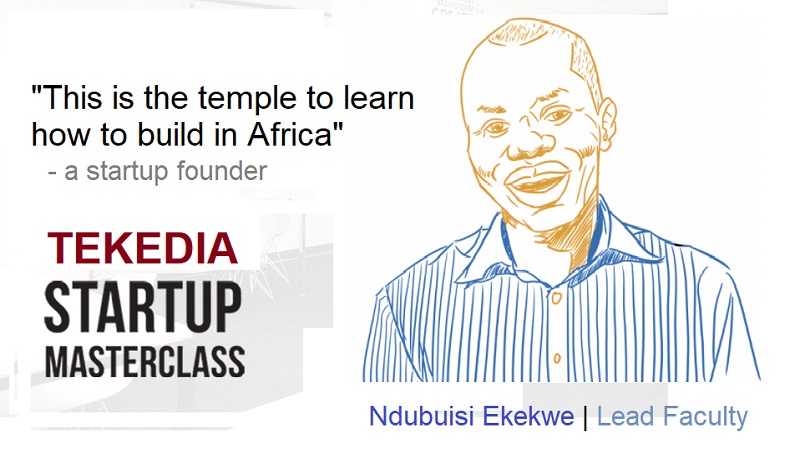
The Composite Ether Staking Rate (CESR), which tracks the mean annualized staking yield for Ethereum validators, is reported at 2.89%, down 26 basis points (bps). This reflects a recent decline in staking yields, likely influenced by factors such as increased validator participation or reduced network transaction fees, as CESR accounts for consensus rewards, priority transaction fees, deposits, withdrawals, and slashing events.
CESR has historically fluctuated, with peaks as high as 8% during events like the FTX collapse in 2022, driven by network dynamics. The current rate of 2.89% is notably lower than earlier benchmarks like Pier Two’s 7-day APR of 3.79% or 30-day APR of 3.58% reported in August 2024, indicating a downward trend. The reported 26 basis point (bps) drop in the Ether Composite Staking Rate (CESR) to 2.89% has several implications for Ethereum stakers, the broader Ethereum ecosystem, and market dynamics.
A lower CESR means validators earn less annualized return on their staked ETH (32 ETH per validator). At 2.89%, a validator staking 32 ETH would earn approximately 0.9256 ETH per year (32 * 0.0289), compared to 1.1552 ETH at the prior rate of 3.15% (2.89% + 0.26%). This reduces the financial incentive for staking, particularly for smaller or individual validators with higher operational costs.
Register for Tekedia Mini-MBA edition 19 (Feb 9 – May 2, 2026): big discounts for early bird.
Tekedia AI in Business Masterclass opens registrations.
Join Tekedia Capital Syndicate and co-invest in great global startups.
Register for Tekedia AI Lab: From Technical Design to Deployment (next edition begins Jan 24 2026).
Staking yields are influenced by the number of active validators (currently around 1.2 million, staking over 39 million ETH, or ~33% of total ETH supply, per recent data) and network transaction fees. The drop likely reflects increased validator participation diluting rewards or lower network activity reducing priority transaction fees (tips). The lower yield may discourage new validators from joining, especially those with high setup or maintenance costs (e.g., hardware, electricity, or liquid staking fees).
However, Ethereum’s staking is relatively locked-in due to the 32 ETH requirement and potential exit queues, so immediate validator exits are unlikely. Persistent low yields could slow validator growth, potentially stabilizing CESR if fewer new validators join. Conversely, if yields drop further, some validators might exit, though this is constrained by Ethereum’s exit queue mechanism (e.g., ~1,150 validators can exit daily under normal conditions).
Lower CESR may push stakers toward liquid staking protocols (e.g., Lido, Rocket Pool), which offer additional yield through DeFi integrations or tokenized staked ETH (e.g., stETH, rETH). Lido currently stakes ~33% of all ETH staked, and lower CESR could accelerate this concentration as stakers seek higher returns. Increased reliance on liquid staking protocols raises centralization concerns, as a few providers dominate the validator pool, potentially threatening Ethereum’s decentralization ethos.
A declining CESR could signal reduced network activity or oversaturation of validators, potentially dampening investor confidence in ETH’s utility or yield-generating potential. This could pressure ETH’s price, especially if paired with broader market downturns. ETH’s price has been volatile, with recent analyses suggesting a 3.5% APR benchmark for staking in Q2 2025. A drop to 2.89% might align with bearish market conditions or reduced transaction volumes post-Ethereum upgrades (e.g., Dencun in 2024, which lowered Layer 2 fees).
High validator counts (despite lower yields) ensure Ethereum’s Proof-of-Stake (PoS) network remains secure, as more validators make attacks (e.g., 51% attacks) costlier. The 39 million ETH staked represents a significant economic commitment to network security. If yields fall too low, smaller validators may become unprofitable, potentially reducing validator diversity and increasing reliance on institutional or centralized staking providers.
Institutional players, staking pools, or liquid staking providers (e.g., Lido, Coinbase) can absorb lower yields due to economies of scale, lower per-ETH operational costs, and additional revenue from DeFi or service fees. They may continue staking profitably at 2.89%. Individual validators running solo nodes face higher relative costs (e.g., hardware, electricity, technical expertise). A 26 bps drop could push their operations closer to or below profitability, discouraging participation and concentrating staking among wealthier or institutional players.
The CESR drop may widen the gap between well-funded stakers and retail validators, reducing the diversity of Ethereum’s validator set. Lower yields incentivize stakers to join large liquid staking protocols for better returns or convenience, increasing the dominance of providers like Lido (which controls ~33% of staked ETH). This centralization risks Ethereum’s core principle of decentralization, as a few entities could influence network governance or validator behavior.
Smaller, decentralized staking pools (e.g., Rocket Pool) or solo stakers may struggle to compete, exacerbating the divide between centralized staking giants and those prioritizing Ethereum’s decentralized ethos. The CESR drop could accelerate centralization unless countered by community-driven initiatives or protocol changes (e.g., reducing the 32 ETH minimum, though not currently proposed). Some stakers prioritize yield and may shift capital to alternative networks (e.g., Solana, Binance Smart Chain) offering higher staking returns if CESR continues to decline.
Others stake to support Ethereum’s security and decentralization, accepting lower yields as a trade-off for ideological alignment. The CESR drop tests this commitment, potentially alienating profit-focused stakers. This divide could fragment the staking community, with long-term implications for Ethereum’s governance and community cohesion. Staking requires significant capital (32 ETH, ~$80,000 at $2,500/ETH) and technical know-how, which excludes many potential validators, particularly in regions with lower wealth or limited tech infrastructure.
A lower CESR reduces the incentive for new entrants, perpetuating this divide. The drop may reinforce staking as an activity for wealthier or technically savvy participants, limiting global participation in Ethereum’s PoS. The CESR drop aligns with Ethereum’s post-Merge (2022) environment, where staking yields have trended downward due to high validator participation and reduced transaction fees post-Dencun upgrade.
For comparison, CESR was ~3.5% in Q2 2024, and earlier peaks (e.g., 8% in 2022) were driven by high network activity. The current 2.89% reflects a maturing PoS system but challenges staker profitability. Ethereum’s community or developers could explore adjustments to counter low yields, such as tweaking reward structures or exit queue dynamics, though no such proposals are currently prominent. Past upgrades (e.g., EIP-1559, Dencun) show Ethereum’s adaptability, but changes to staking mechanics are complex and contentious.
The 26 bps drop in CESR to 2.89% signals reduced staking profitability, potentially discouraging smaller validators and accelerating reliance on liquid staking protocols. This exacerbates economic and centralization divides within Ethereum’s staking ecosystem, pitting large-scale stakers against retail validators and profit motives against decentralization ideals. While Ethereum’s network security remains robust, the lower yield challenges the inclusivity and diversity of its validator pool.



